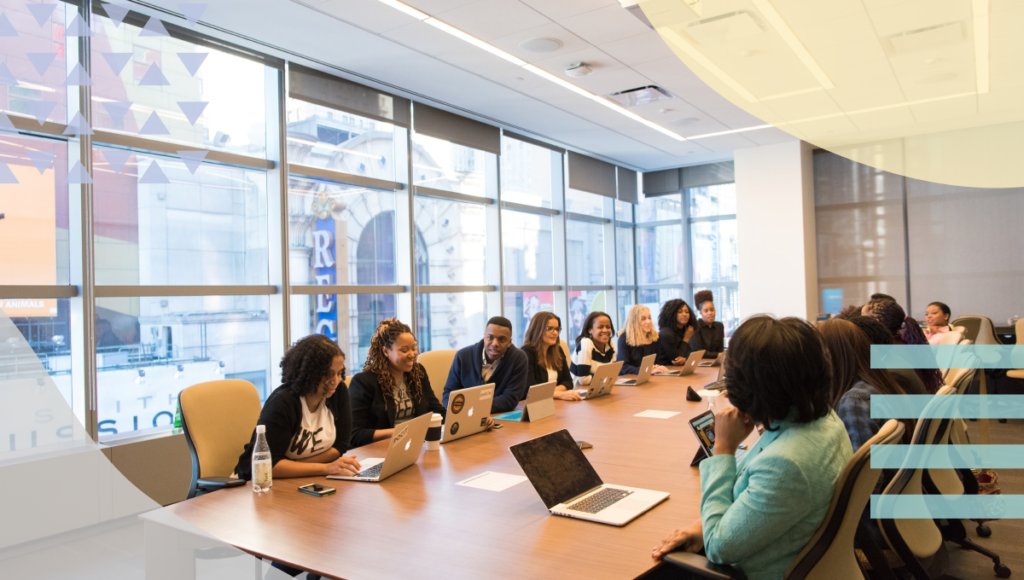With the pandemic, many of us, including our company, had to adapt to new ways of working and meeting, which eventually became the new normal for us. We all have evolved since then, to work from the comforts of our own space, whether it be working from home or going on workvacations. As remote work is becoming prominent with every passing day, so too are virtual meetings. There are many of us whose days start with a meeting and end with a discussion that is too online. But as important as virtual meetings are, technology isn’t without its flaws.
Meaning can be lost, faces squeezed into a grid of thumbnails become less expressive, and people’s attention can gradually return to their social media apps. Amid this necessitated remote work & virtual meetings situation, we fail to realize that there are occasions when virtual meetings are not the best choice. Research shows face-to-face requests are 34 times more effective than those sent by email or via calls, and that a physical handshake promotes cooperation and influences negotiation outcomes for the better. Here, the hardest part is identifying the occasions when we require in-person meetings over virtual meetings.
Here are a few factors for determining whether an in-person meeting is superior:
When the objective of the meeting is complex
Almost every employee faced situations like power outage or poor internet connection, laptop’s battery draining out or hardware/software issues or trying to shush the people around when they are attending virtual meetings.
Imagine having to explain something complex or lengthy over the call with such constant interruptions.
It becomes difficult for everyone to be focused in the meeting with interruptions. In-person conversations and meetings encourage professionalism, better understanding, and brainstorming without interruptions when there is a clock ticking.
When team-building is required
Teammates who worked together before the pandemic are still connected, but many teammates who joined in the last 2 years have not met in person. These new people belong to different geographical areas, and work environments and have different mindsets. With remote work and virtual meetings, it has become difficult for the team members to get to really know each other and work together as a unit.
Building meaningful and productive relationships between team members is often more effective face-to-face. Face-to-face communication allows us to better read hand gestures, body language and facial expressions. Familiarity makes conflict safe and productive.
When longer events are to be held
Engaging the audience’s attention for long periods online is challenging. “Zoom fatigue” leads to a different level of tiredness and people become least bothered about what’s going on in the meetings. Even the best content and presentation become non-engaging.
If we are doing a full-day or multi-day event, doing it in person is the best choice for better focus and participation. Employees can’t just go sit in the corner and turn their back to the meeting. Yet, this is exactly what many people do on conference calls.
When we need to break the monotony
What we thought was a shot-gap measure turned into a very long period of working remotely. Many people enjoy working remotely and attending virtual meetings for convenience but for some, it can sometimes feel lonely, daunting, stressful and monotonous. Adapting to new ways of working is challenging. So, how do we break the monotony?
The new normal is useful and convenient but somewhere we all miss interacting with different people around, so asking people to leave their house for a safe face-to-face meeting once in a while seems like a good option to make them feel energized emotionally, mentally and socially.
